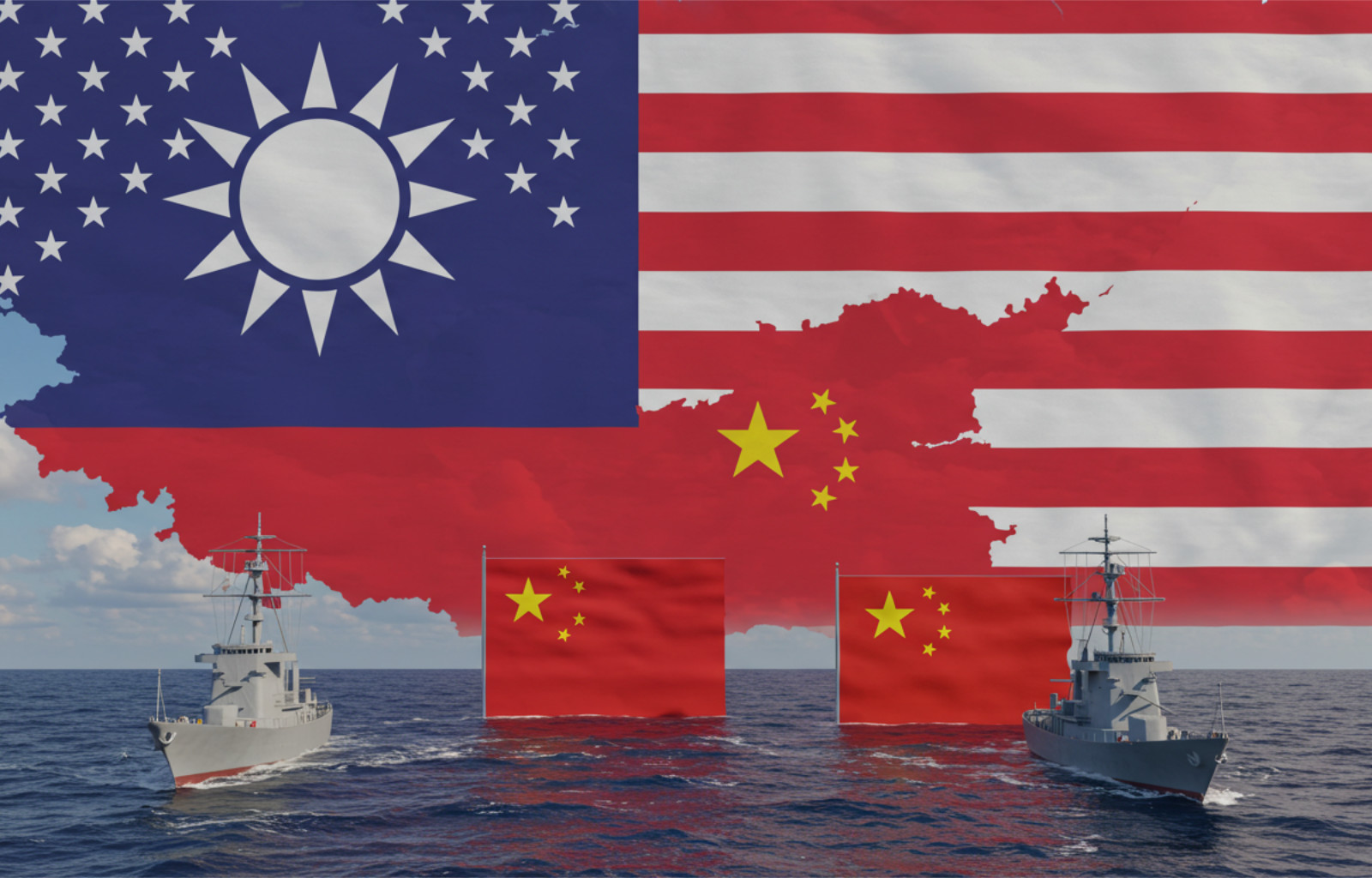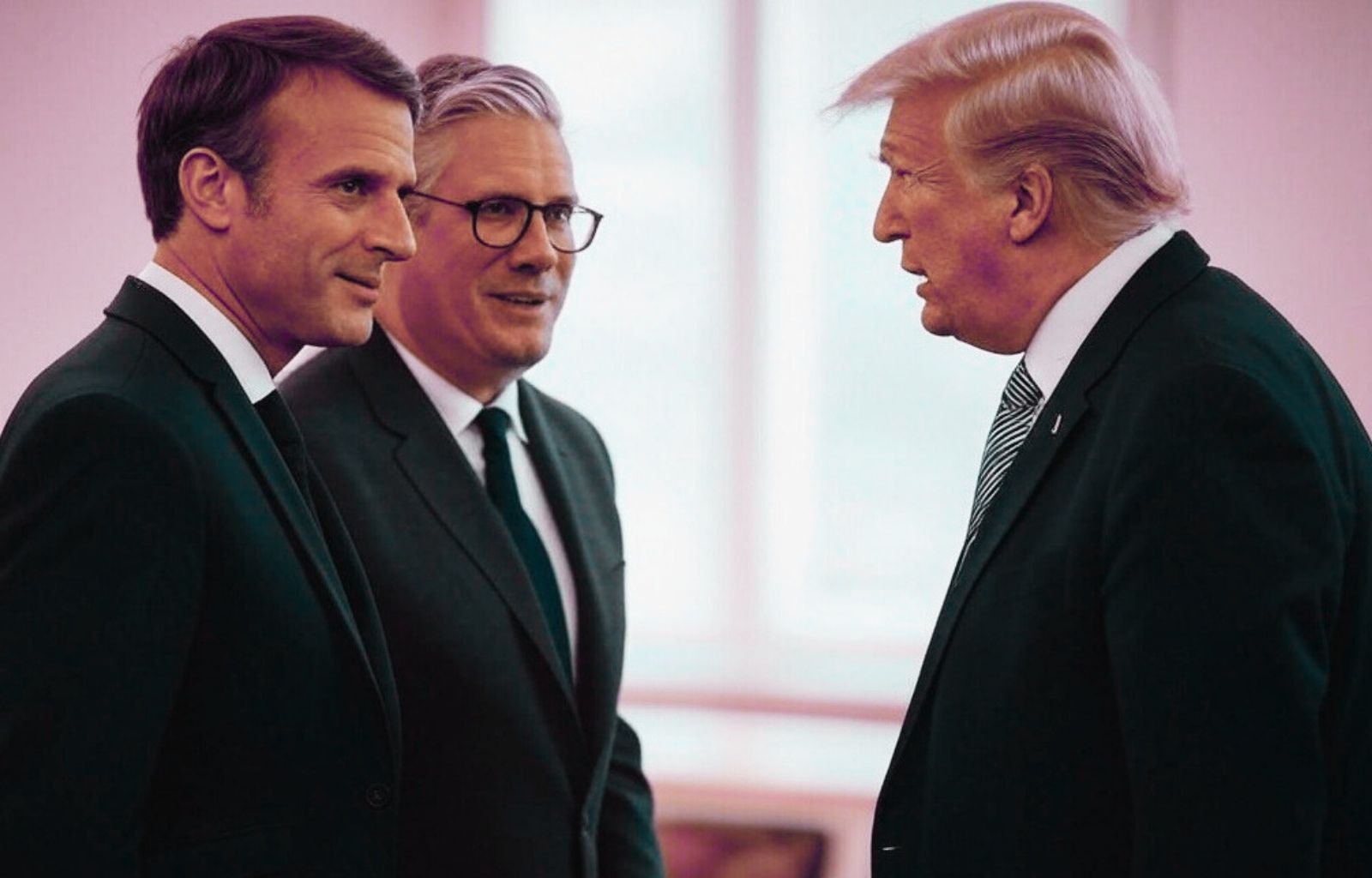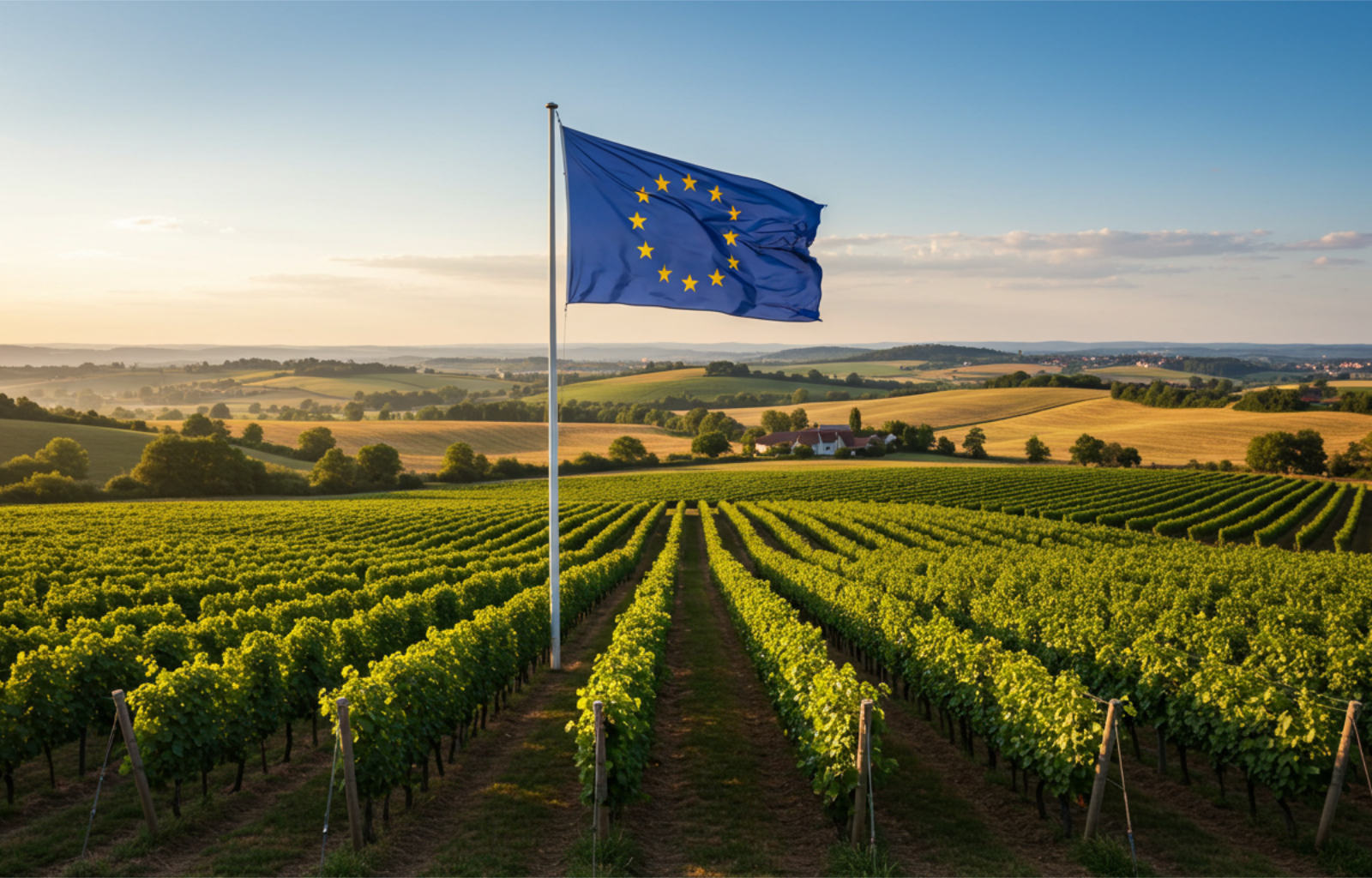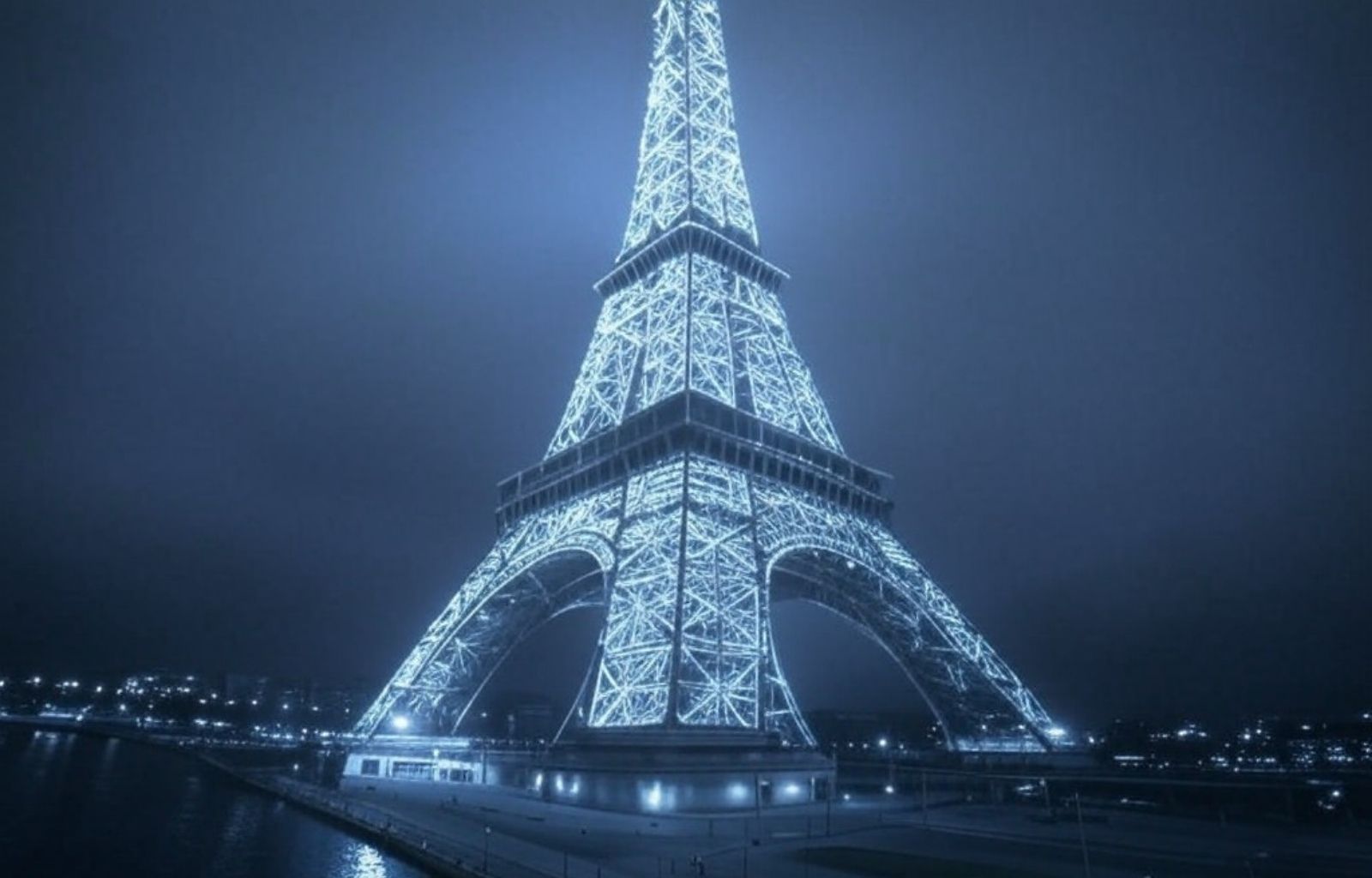Rising gas prices: between energy crisis and political instability
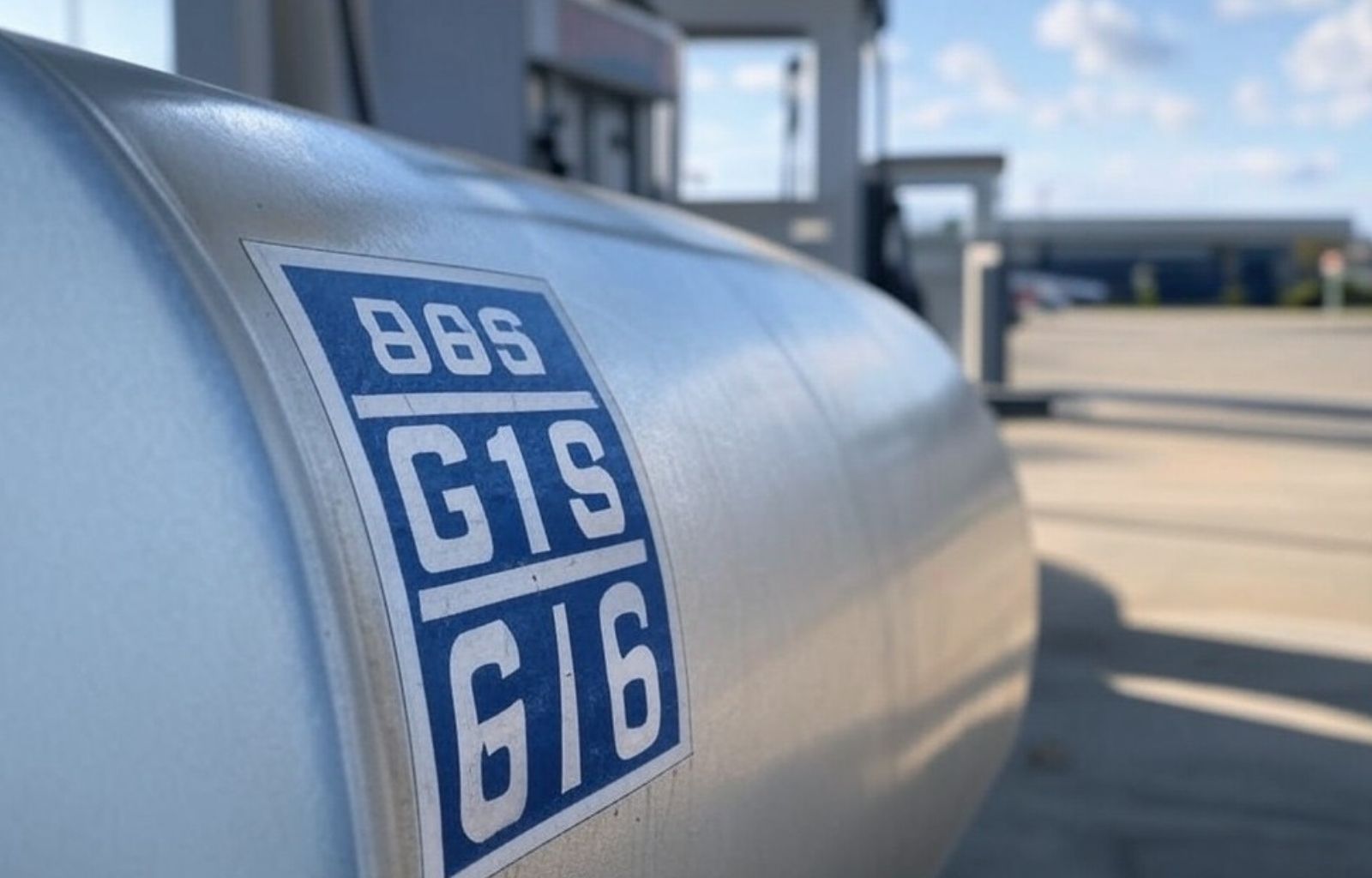
The price of gas has risen strongly again, exceeding 59 euros per megawatt-hour, twice as much as a year ago. This is a value not seen since January 2023 and which worries both households, struggling with ever-higher bills, and businesses, which are seeing production costs rise. But what is driving this surge? Two main factors: a harsh winter, which has increased demand, and renewed geopolitical uncertainty, particularly due to Donald Trump’s statements.
An increasingly unstable market
After the crisis of 2022, when gas prices reached record levels due to the war in Ukraine and sanctions on Russia, 2023 had seen a phase of relative stabilisation. However, the recent price increase marks a change of course. While winter weather has driven demand for gas, volatility in energy markets has been fuelled by global political and economic uncertainties.
European inventories, while still substantial, were eroded by increased seasonal consumption. This caused the market to look anxiously at supply trends again, while financial players reacted with speculative movements that amplified the price rise.
Trump and tensions with Europe
In addition to climate and demand factors, international politics play a key role in the current scenario. Statements by Donald Trump, candidate in the 2024 US presidential election, have increased concern about the future of trade relations between the US and Europe.
Trump has repeatedly hinted at the possibility of renegotiating agreements with European partners, raising fears about a reduction in liquefied natural gas (LNG) exports from the US to Europe. The US has become the main supplier of LNG to the continent since the break-up with Russia, and any uncertainty on this front can immediately translate into increased price volatility.
Although it is too early to predict the outcome of the US elections and Trump’s real intentions, it is clear that the mere fear of a change in global balances has already had an impact on the markets. This shows how vulnerable the European energy system still is to geopolitical dynamics, despite efforts to diversify supply sources.
Impact on households and businesses
Rising gas prices will inevitably result in higher bills for millions of citizens. According to initial estimates, price increases could exceed 20-30%, with a significant impact on household budgets, especially for the weaker sections of the population.
Businesses will also be severely affected, especially energy-intensive ones such as manufacturing, chemicals and steel. Higher energy costs mean higher prices for end products, with the risk of a new inflationary wave.
This scenario is also a challenge for the European Central Bank (ECB), which has to balance the need to contain inflation with the need to support a still fragile economy.

Possible solutions and strategies for the future
Europe cannot afford to remain hostage to such unpredictable market fluctuations. Diversifying energy sources and reducing dependence on gas remains a strategic priority. In this respect, investments in renewable energy and LNG infrastructure are already playing a crucial role.
Italy, for example, is upgrading the capacity of its regasifiers to import liquefied gas from alternative suppliers such as Qatar and North Africa. At the same time, plans are being accelerated to increase the share of energy produced from renewable sources, with the aim of progressively reducing dependence on fossil fuels.
In the short term, however, the problem remains: Europe needs more effective instruments to stabilise prices, e.g. through joint purchasing mechanisms or more structured strategic reserves.
A political and economic challenge
The current surge in gas prices is the result of a complex mix of climatic, economic and geopolitical factors. The intense cold has increased demand, while Trump’s statements have fuelled speculation in the markets.
This crisis once again highlights the need for Europe to strengthen its energy autonomy and adopt more effective strategies to deal with price volatility. The transition to a less gas-dependent economy takes time, but it is now clear that it is no longer a choice, but a necessity.
Meanwhile, consumers will have to prepare for higher bills, while European governments will be called upon to find solutions to mitigate the social and economic impact of this new phase of the energy crisis.


